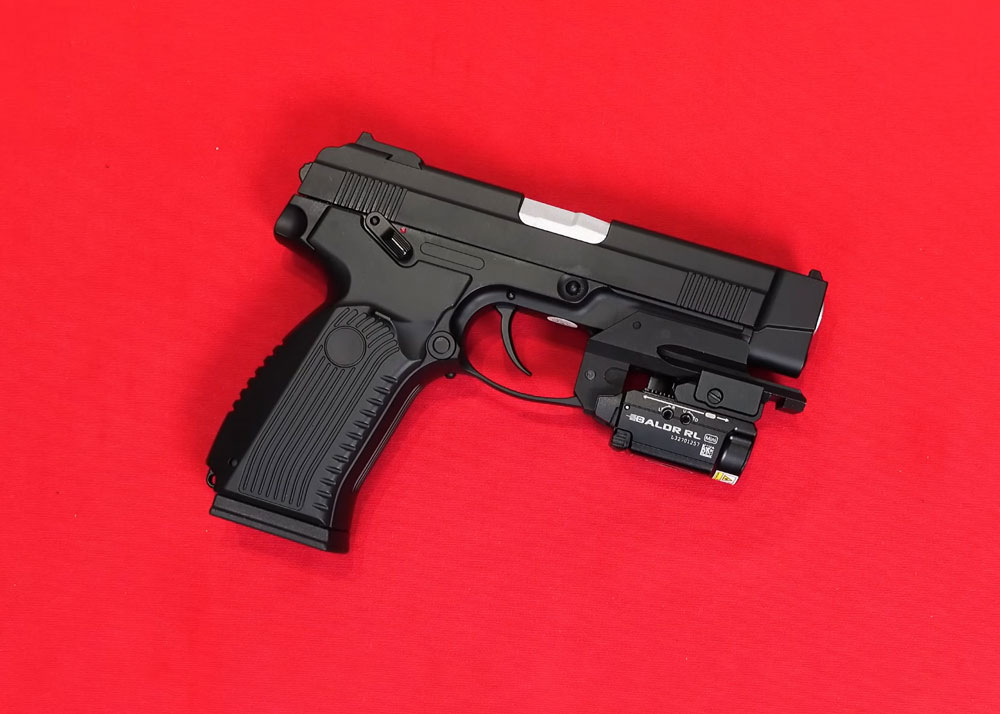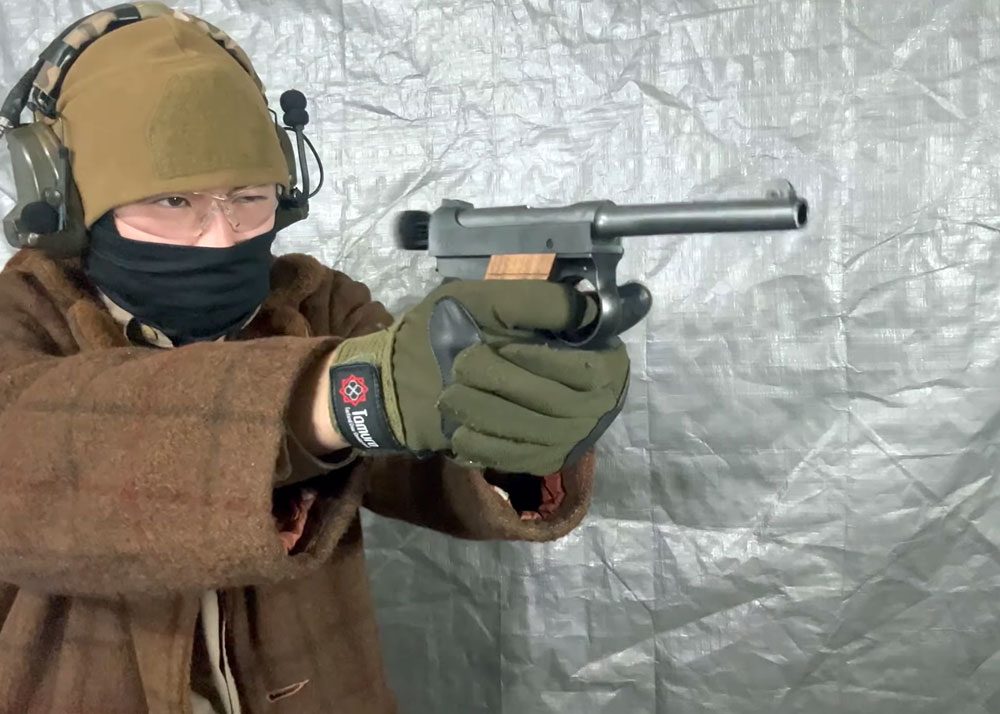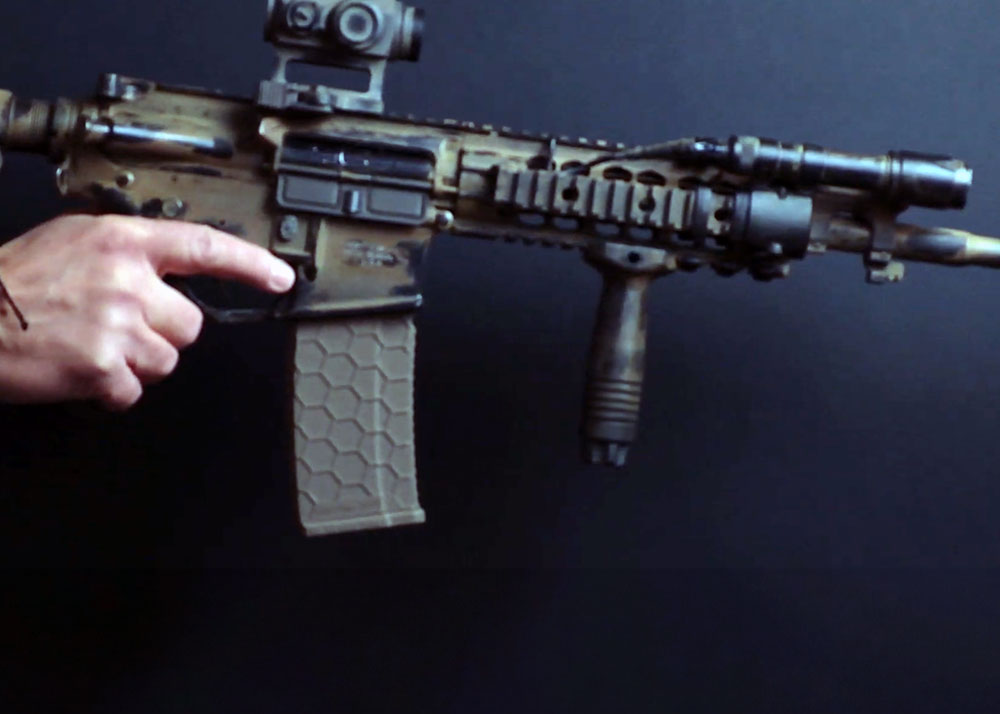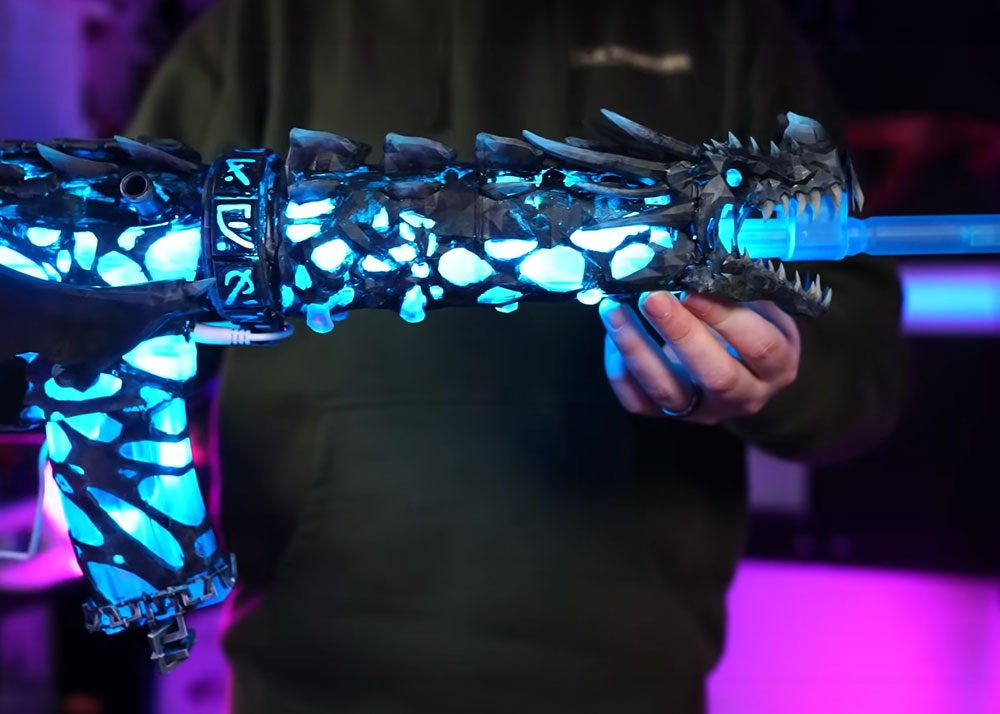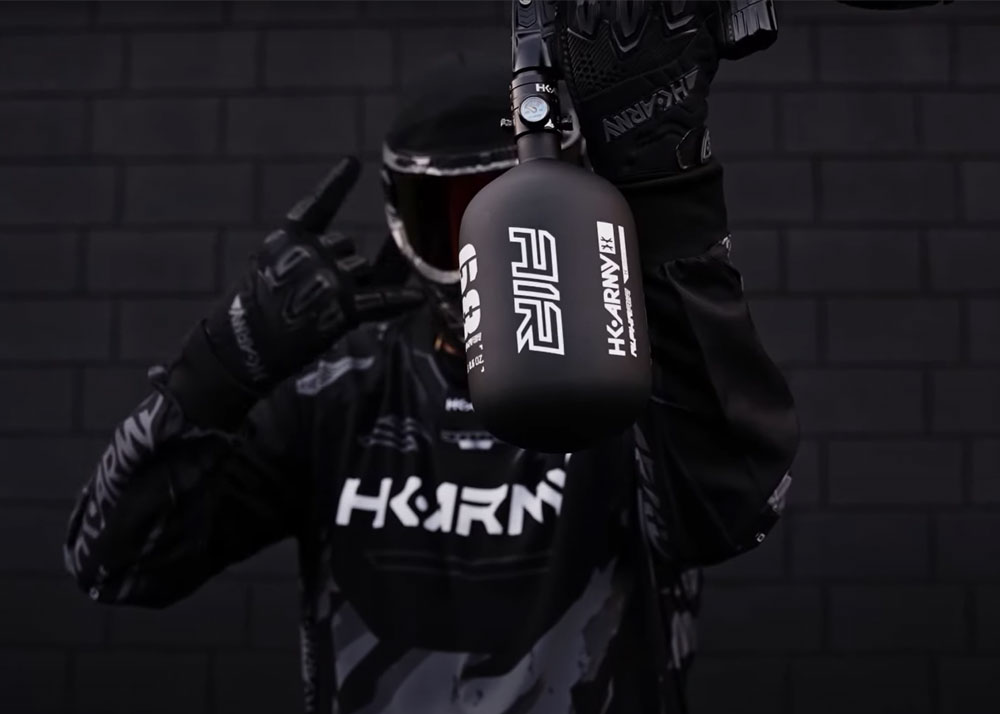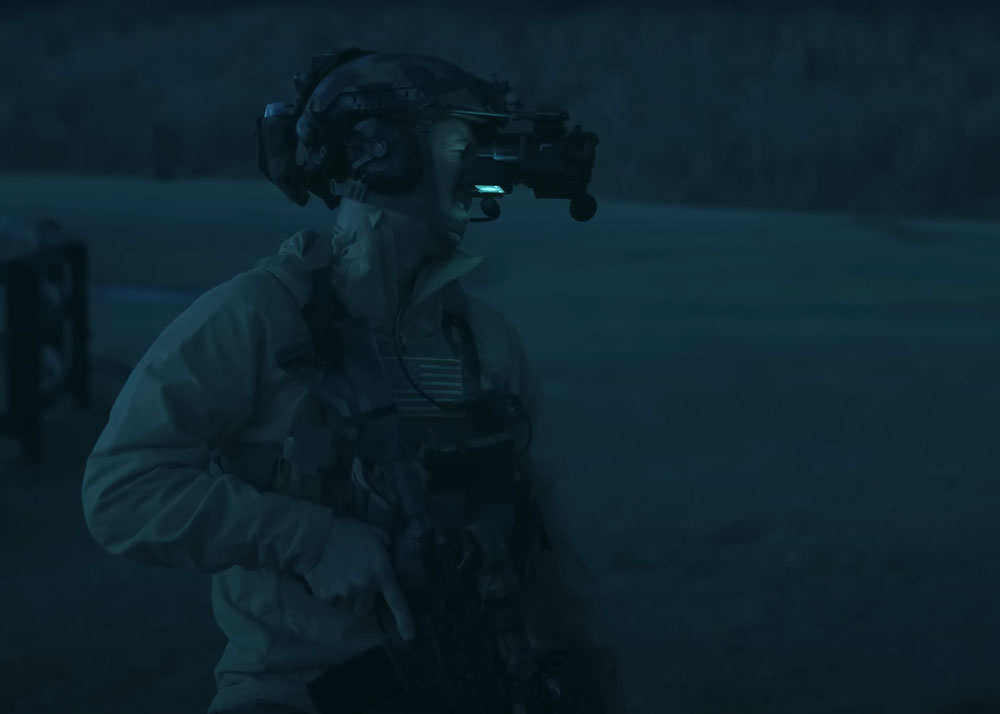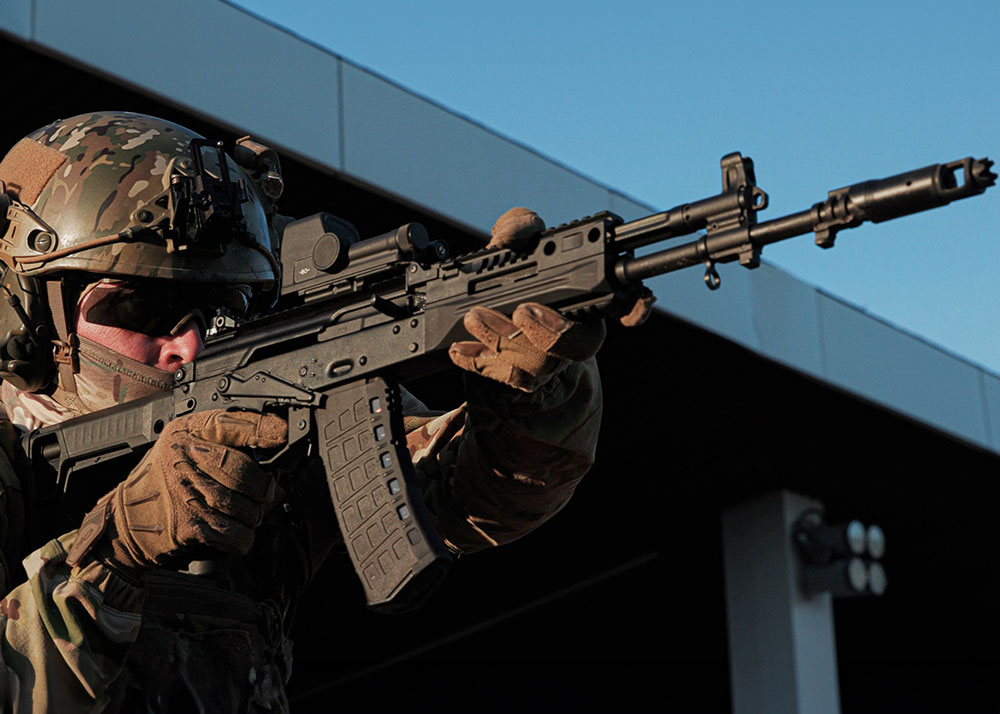The IDF Is Developing Battlefield AR Technology With Microsoft Hololens
Dom
01 Oct 2016
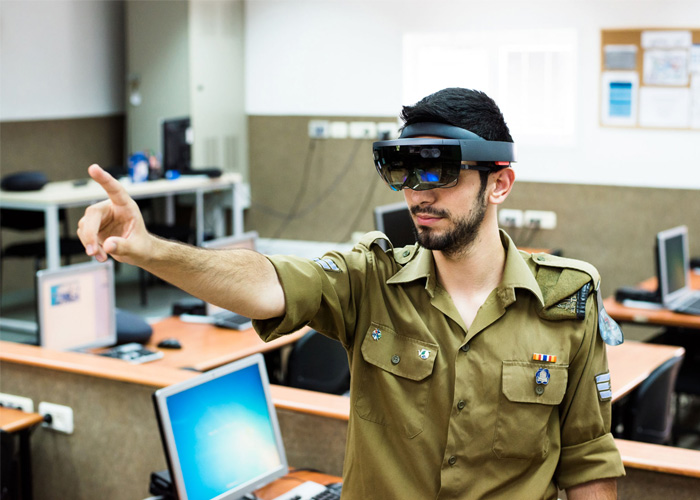
With an increasing proliferation of augmented reality and virtual reality devices nowadays, different sectors and industries are now finding ways to use these devices to develop technologies to get more efficiency and strategic advantage, especially in terms on handling timely information. In the case of the military, they are now looking into using these devices for battlefield situational awareness and for training of soldiers by using virtual battlefields.
Last September 27, the Israel Defense Forces Facebook page posted a video about the IDF using Microsoft HoloLens to bring augment reality to the battlefield. The difference between augmented and virtual reality is that in augmented reality, applications bring information such as images that are blended or imposed in a real world environment while virtual reality is being more immersed in a totally virtual world that can be distinguished from the real world. In using augmented reality, the IDF will be able to bring information to commanders in a real battlefield or assist in saving an injured soldier’s life.
In a report from Bloomberg last August, Major Rotem Bashi of the IDF C2 Systems Department said there are many practical applications for augmented reality that can be used for training and improvement of strategy. With two HoloLens bought from Microsoft, his team developed an application that provides an interactive overlay of battlefield maps on a terrain that can be controlled via sight, voice, and hand gestures. What’s more with this capability is that commanders can view troop movements from the vantage point of the enemy, allowing them to develop counteractions and development approaches that take away the enemy’s advantage. Furthermore, they are also looking into an application that will send a soldier’s physiology while in the field to HQ.
The team is also looking into battlefield medicine, where medics will be able to treat wounded soldiers with assistance from doctors who are outside of the battle zone, sending instructions in situations that medics cannot handle themselves. Soldiers can call in a manual or expert assistance in case they need to fix a vehicle that has broken down.
Developing the applications will require them to fast track, deploying the software will need a “minimal viable product” and make improvements along the way. This sounds similar to the what game developers call as “Rapid Iterative Testing and Evaluation” or RITE, developing a prototype then sending it out for testing by users then improved until it reaches maturity.
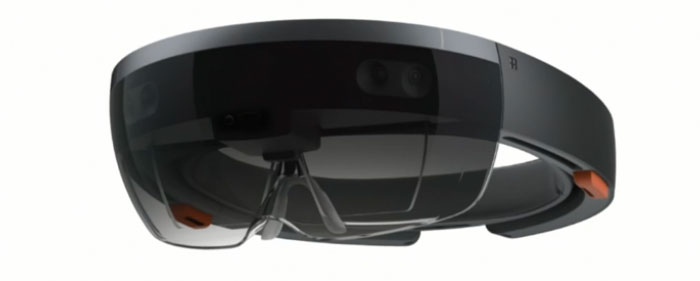
The Microsoft HoloLens is still in development with only the Development Edition out since March 2016 for software developers to explore what they can do with it and there is no announcement when the Consumer version will be out. The IDF team are sending feedback on the HoloLens to Microsoft for them to do improvements that can meet their needs.
There are more ideas that the team of Bashi wants to explore, which means that with how the IDF encourages creativity and innovation within their ranks, these will be put into development. That’s how IDF embraces technology which in turn makes them the most powerful military in the Middle East.
Top photo: Microsoft HoloLens at IDF (Source: IDF)



